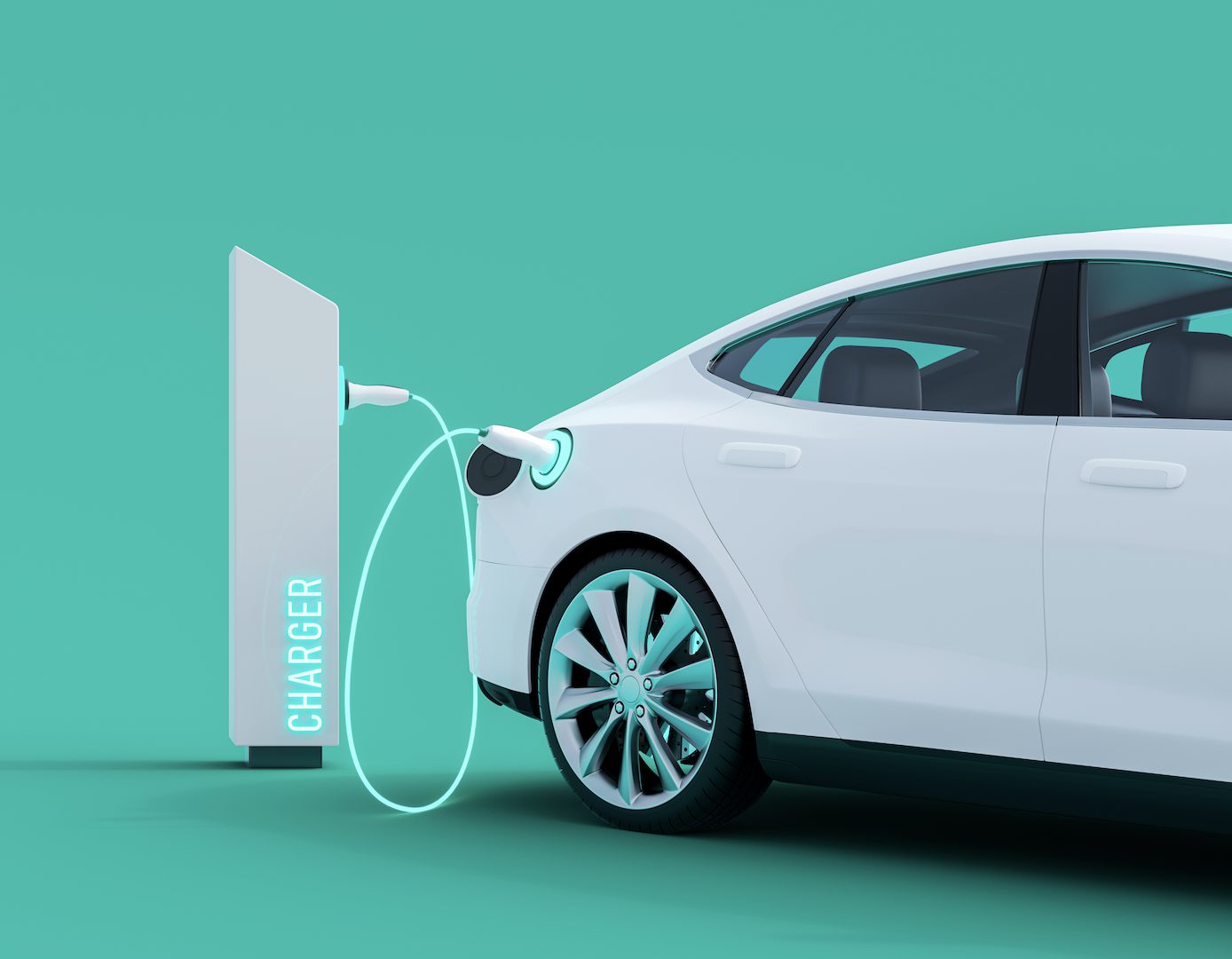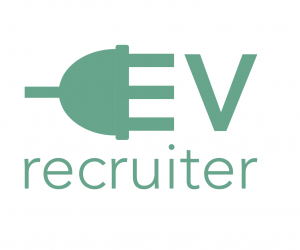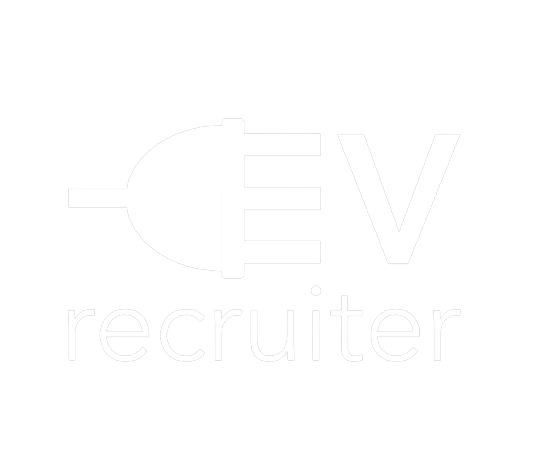
Finally, you have found your EV job after weeks of searching!
Your resume is also perfected for job opportunities to build careers in electric vehicle industry.
It’s time to apply to those electric vehicle jobs you shortlisted.
One of your friends has even trained you to answer every interview question you could imagine.
You then realize that the ad requires a cover letter before submitting your application.
Suddenly you find yourself wondering how to write a cover letter.
You don’t need to panic! There’s no need to worry. Cover letters are much easier to write than you think.
This guide will teach you how to write a Great Cover Letter for Your EV Job Application to land your dream job.
Let’s start with the basics, shall we?
What is a Cover Letter?
Cover letters are one-page documents that are normally 250-400 words long, which you submit with your job application (along with your CV or resume). The resume is meant to show facts, but the cover letter demonstrates your personality.
Your cover letter will be the first introduction to the potential employer, so it should be written so that you are remembered positively.
A good cover letter can catch the attention of HR managers and make them curious about your resume.
However, a bad cover letter might result in your application going straight to the paper shredder. Thus, you must know how to write an effective cover letter to avoid this happening.
To reach that goal, you must tailor your cover letter to every job you apply for. Avoid templates. Don’t use prewritten letters.
Additionally, you should ensure your cover letter is tailored to the company and the industry you are applying to. For example, suppose you are applying for EV jobs in the Netherlands. In that case, you should tailor it according to the EV jobs in the Netherlands so that you may be able to build excellent careers in electric vehicle industry over there.
Basic organization
Your cover letter must be visually organized. The information you present should be presented in an orderly manner whether you are applying for EV jobs in the Netherlands, finding careers in electric vehicle industry, or any other jobs.
The format organization of a good cover letter looks like this:
- An unforgettable introduction
- An organized list of specific examples of relevant tasks and problems solved
- A concise, actionable conclusion
The rest is up to you. Let us now look at the basic format for an attractive cover letter.
Basic format
A cover letter should be viewed as a supplement rather than a replacement for your resume. This means that you don’t simply reiterate what you have in your resume.
You might find it difficult if this is your first cover letter. Likely, you aren’t an expert writer. However, you do not even have to be creative or good at writing to do this. Simply follow this tried and tested format:
- The header that contains the contact information
- A greeting to the hiring manager
- Start with 2 to 3 of your top achievements in the opening paragraph to grab the reader’s attention.
- In your second paragraph, describe what makes you the ideal candidate for the position.
- Third paragraph – Explain why you are a perfect match for the organization.
- Formal closing
A guide to writing a great cover letter and getting hired!
The following step-by-step guiding tips will help you create a fantastic cover letter customized to your own needs.
1. Make the cover letter header stand out
It is obvious that the cover letter header is the first thing the hiring manager sees, so it cannot be messed up.
Details about your personal information should go on the right hand and consist of your full name, address, telephone number, and email address.
Put the name, title, company name, and address of the company you are writing to on the left-hand side.
Add the current date at the end.
2. Cover Letters Should Be Addressed Properly
Directly address your cover letter to the person you are trying to reach.
You can also use the title instead if you’re having trouble coming up with a name. For example, if you are applying for EV jobs in the Netherlands, you can address the recruiting person as “Dear Hiring Manager.”
It’s okay to say “Dear Sir or Madam” if all else fails.
3. In The First Paragraph, Introduce Yourself
Often, job seekers mess up their covering letter at this point, and hirers toss it in the trash without reading it.
The opening of your cover letter should be strong. Stay away from vague and cliche statements. You should hook the reader with an attention-grabbing opening paragraph.
Fortunately, you can employ a few tricks to help you get off to a quicker start.
- To begin with, consider the following factors:
- Do I have a passion for the company? Start by explaining why you are applying.
- Is this a role I’m passionate about? You can start by describing your professional or personal passion for why you are interested in this job.
- Is there anything I have accomplished that really stands out? Demonstrate your accomplishments are right on target with what the company is looking for.
Describe the position you are applying for in the first sentence of the paragraph. For example, you should mention EV jobs in your cover letter if you are trying to find careers in electric vehicle industry.
The next step is to explain what makes you interested in the company and the position.
4. Show How Hiring You Will Benefit The Company
Now you mention what your contribution could mean to the company.
There is more to applying than merely listing your experience in this, that, and the other thing. You definitely should not be rehashing your CV in your cover letter.
Rather, you need to prove that you are the most suitable candidate for this position. It’s not about telling; it’s about showing.
How do you get your showdown right? The Numbers.
It is often the number of accomplishments that really makes a point that mere words will not.
5. Make a call for action at the end of your cover letter
This is an ideal time to reaffirm your interest in the position, as well as your interest in the company. The reason you are perfect for them has already been discussed, but you can also tell them why you consider them perfect for you. For instance, if you are applying for EV jobs in the Netherlands, you can tell them why you consider EV jobs and their company best for you for building careers in electric vehicle industry.
Ensure your cover letter ends with a personal touch and show the hiring manager that this isn’t a mundane position.
6. Put your signature on the cover letter
Now, only one step remaining, and you’re done!
“Yours sincerely” is appropriate if you write to someone you know (for example, you are applying for an internal company job).
When writing to someone you don’t know, use ‘Yours faithfully. Ensure you don’t close with informal words like ‘Cheers’ or ‘Thank you.
Type your name below the ending of your cover letter and leave space for your signature.
Remember to sign your cover letter by hand if you are printing it. A digital signature can add a touch of personalization if you’re feeling creative.
7. Make Your Cover Letter Look Good
After all the content is sorted out, it’s time to make it pretty!
The following are instructions on how to format a cover letter properly:
- The details of your personal information should be aligned to the right. Ensure that the rest of your text is aligned to the left side of the page.
- All text should be single-spaced or 1.15 lines apart.
- Separate every paragraph and each section of the cover letter with double space.
- Select a template that corresponds to your CV.
- Set a maximum length of 1 page (A4) for the cover letter.
- Make sure your font is professional, such as Helvetica or Calibri. Choose a professional one rather than Picasso. Best CV fonts are also accurate on cover letters.
- Send your cover letter in a PDF format (unless the posting states otherwise). In this way, you will avoid having issues with the formatting of your cover letter.
- Print on high-quality, good paper if printing.
Be alert! Proofread your cover letter before clicking ‘send. Moreover, this does not mean simply underlining in red (type ‘missteaks’ and see what happens to proofread).
What should not be in a cover letter?
You should not include the following in your cover letter:
- Bringing to light any skills that are lacking
- An inability to pay attention to details
- Stagnating in the past
- Discussing money too early
- Make it all about you
You don’t have to sound like the rest of the crowd. Furthermore, lying on your cover letter is not in your best interest.
Take away
Creating a cover letter might seem daunting and difficult, but hopefully, you’ve learned some useful tips and suggestions that can help you write one in no time.
Keep these best practices in mind to make your cover letter a star of your award-winning application:
- You should create a proper header for your cover letter.
- Be professional in your cover letter.
- Make a strong opening statement for your cover letter.
- Describe how your skills and knowledge can benefit the company in the next paragraph.
- Let the company and the role know you are interested.
- Put a professional end to your cover letter.
Are you ready to apply? Check our job page for the latest EV jobs!


